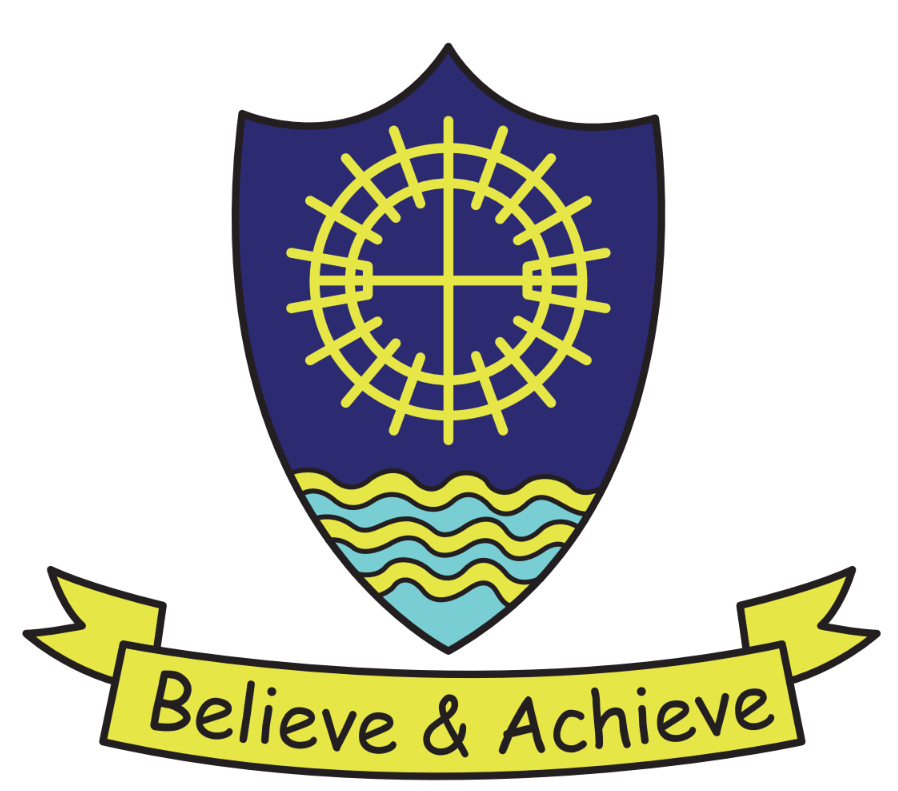Phonics for Parents / Carers
At Millbrook Primary School phonics is taught everyday with all Early Years and KS1 children. Further phonics support is given to any KS2 pupils who requires it. We use the Letters and Sounds phonics programme. There are six phonics phases that your child will work through. We use the synthetic phonics method of teaching the letter sounds in a way that is fun and multi-sensory. Children learn how to use the letter sounds to read and write words.
The five basic skills for reading and writing are:
- Learning the letter sounds
- Learning letter formation
- Blending
- Identifying sounds in words
- Spelling the tricky words
Learning the Letter Sounds
We teach the 42 main sounds of English, not just the alphabet. The sounds are in seven groups. Single sounds are called phonemes. Some sounds are written with two letters, such as ee and or. These are called digraphs. Some sounds are written with three letters, such as igh and tch, these are called trigraphs.
Each sound has an action (Monster Phonics) which helps children remember the letter(s) that represent it. Children should learn each letter by its sound and name at the same time. For example, the letter a should be called a (as in ant) not ai (as in aim). Similarly, the letter n should be nn (as in net), not en. This will help in blending. We don’t introduce the letters in alphabetical order. The first group (s, a, t, i, p, n) has been chosen because they make more simple three-letter words than any other six letters.
Learning Letter Formation
The pencil should be held in the ‘tripod’ grip between the thumb and first two fingers. If a child’s hold starts incorrectly, it is very difficult to correct later on. In time a child will need to learn joined-up (cursive) writing as it helps with the fluency of writing and improves spelling.
You can find information here to support your child at home: https://monsterphonics.com/monster-phonics-for-parents/
